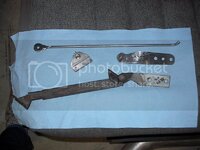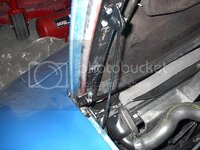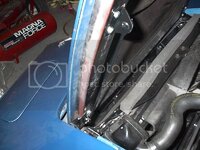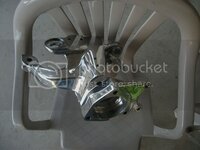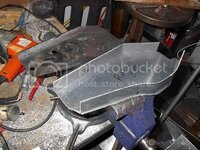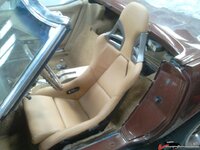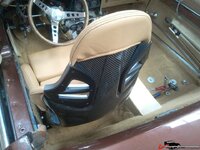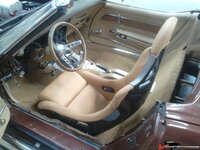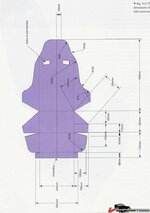69427
The Artist formerly known as Turbo84
Nine mm difference isn't much when eyeballing the alternator. Is the number (121) stamped into the housing anywhere?
Thanks again.
I tried looking at mine. I don't see any numbers. Take a ruler with.
The disadvantage of the 121 is it doesn't produce as much current at idle. I doubt you care about that.
That's correct. I'm not losing much sleep worrying about if this alternator is going to be able to operate the electric seat warmers while I'm waiting for the stoplight to turn green.
Hopefully Delco Remy/Delphi had the good manners to keep the same shaft diameter so I can swap pulleys.

